BIODIVERSITY IN THE VINEYARD
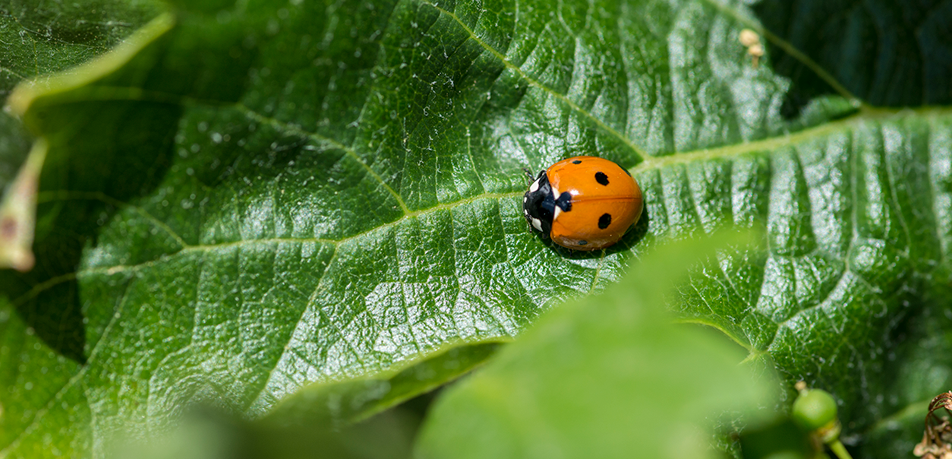
Flora and fauna play a decisive role in the health of a vineyard. Not only do they provide a natural sanitary network for the vines, but they enrich, unite, and nourish the green lungs of the region—a source of life, and a way of ensuring our future.
The more we care for the earth, the better our wine. The motto that guides Familia Torres’s work isn't trivial. The protection of biodiversity guarantees the production of great wines. For this to occur, Familia Torres has carried out actions to keep our vineyards and their natural surroundings healthy.
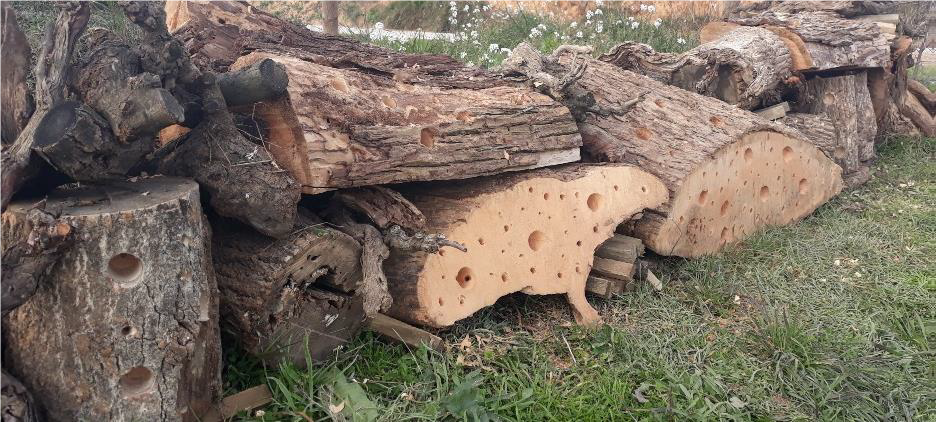
[[{"fid":"21716","view_mode":"default","fields":{"format":"default","alignment":"","field_file_image_alt_text[und][0][value]":false,"field_file_image_title_text[und][0][value]":false},"type":"media","field_deltas":{"1":{"format":"default","alignment":"","field_file_image_alt_text[und][0][value]":false,"field_file_image_title_text[und][0][value]":false}},"link_text":null,"attributes":{"height":422,"width":936,"style":"height: 225px; width: 500px;","class":"media-element file-default","data-delta":"1"}}]]Insectary: the installation of insect hotels to combat the grapevine moth
Mas La Plana, Purgatori, and Mas de la Rosa are among the main estates where Familia Torres has undertaken a variety of actions based on the particular characteristics of each terrain, although certain contexts are common to all three.
Wildlife corridors. Knowing how negatively monocultures impact biodiversity, the winery has integrated elements into the landscape that allow flora and fauna to move freely. This ensures the continuity of ecological processes.
Plant cover. The ground below the vines is covered in a blanket of grass, indigenous plants, grains...this type of vegetation is home to useful fauna and thus encourages biodiversity.
Insectaries and insect hotels. The grapevine moth is among the most significant pests. Its larvae feed on grape clusters and berries. Instead of turning to insecticides, however, we seek assistance from the moth's natural predators—like the ladybug—by creating a habitat that encourages their presence. It’s a mutually beneficial quid pro quo.
[[{"fid":"21717","view_mode":"default","fields":{"format":"default","alignment":"","field_file_image_alt_text[und][0][value]":false,"field_file_image_title_text[und][0][value]":false},"type":"media","field_deltas":{"2":{"format":"default","alignment":"","field_file_image_alt_text[und][0][value]":false,"field_file_image_title_text[und][0][value]":false}},"link_text":null,"attributes":{"height":1574,"width":1184,"style":"height: 500px; width: 376px;","class":"media-element file-default","data-delta":"2"}}]]
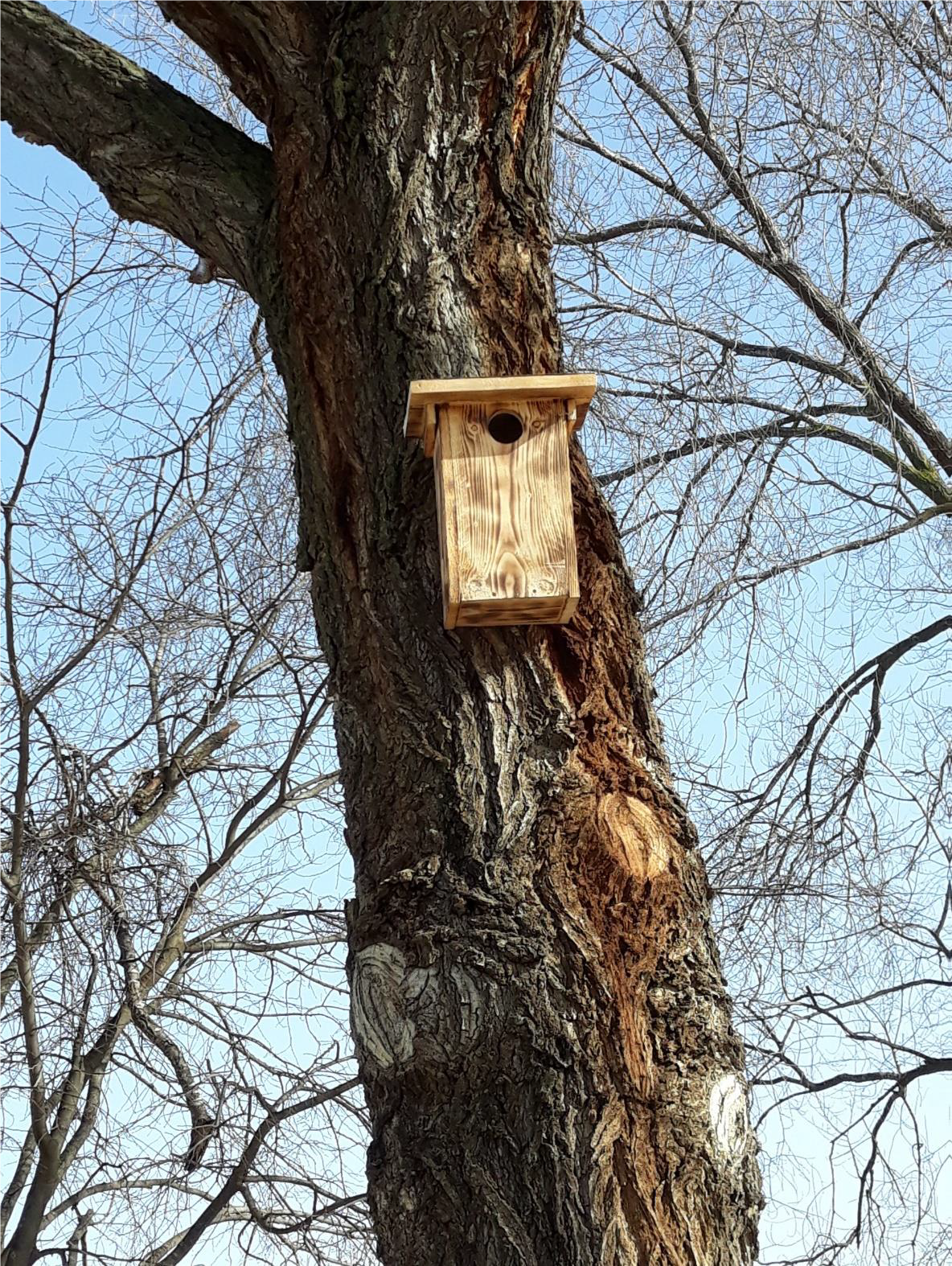
A nesting box on Purgatori estate, most of which is part of a ZEPA avian reserve
Presence of bees. In similar fashion, we have installed several bee hives to ensure pollination and the continuity of life.
Nesting boxes. As a way of protecting and increasing the presence of bird species, we have installed nesting boxes where they can lay their eggs. This also attracts bats, which are excellent allies in the fight against the grapevine moth. They can eat more than 600 insects in a single night.
Little owls from Torreferrussa, a rehabilitation center for birds of prey, were released into the wild at Mas La Plana.
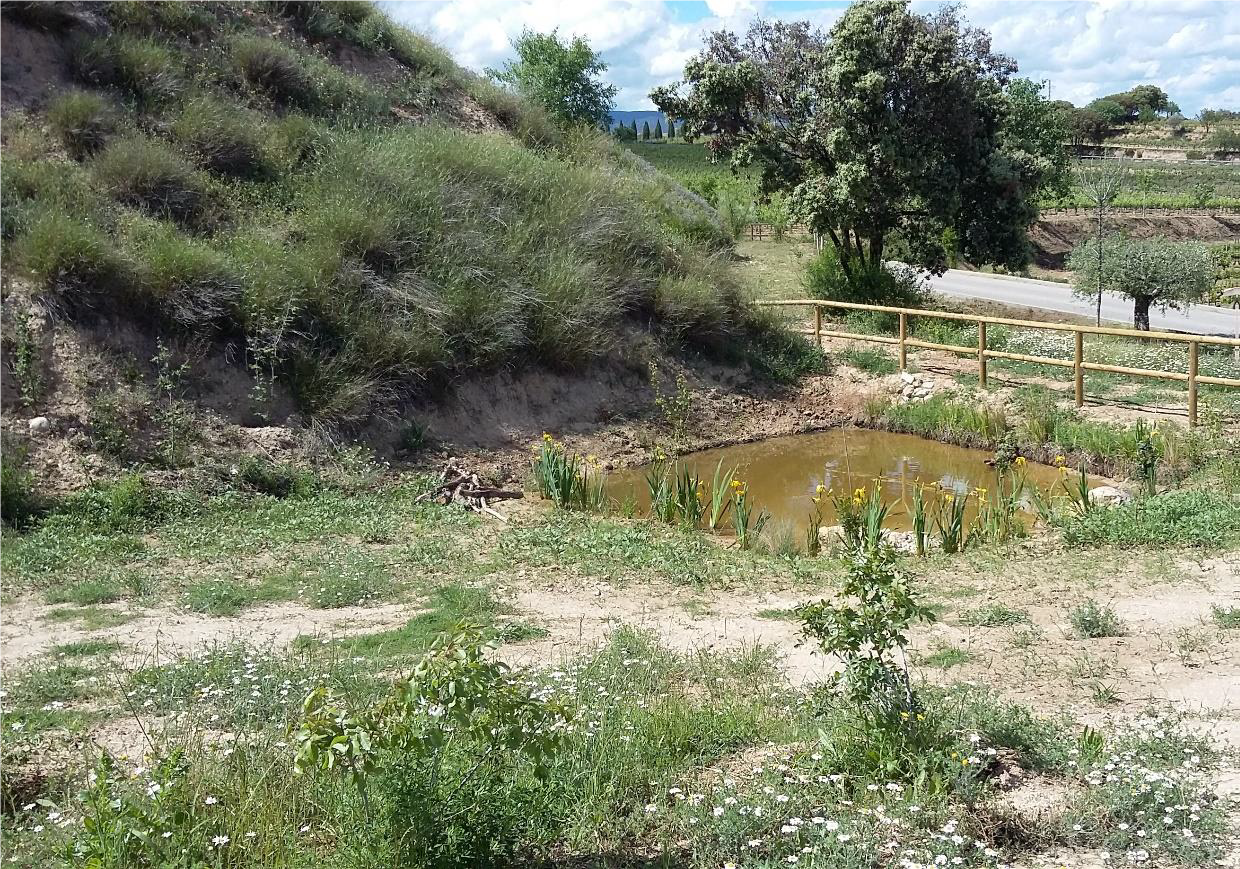
[[{"fid":"21720","view_mode":"default","fields":{"format":"default","alignment":"","field_file_image_alt_text[und][0][value]":false,"field_file_image_title_text[und][0][value]":false},"type":"media","field_deltas":{"5":{"format":"default","alignment":"","field_file_image_alt_text[und][0][value]":false,"field_file_image_title_text[und][0][value]":false}},"link_text":null,"attributes":{"height":869,"width":1240,"style":"height: 350px; width: 500px;","class":"media-element file-default","data-delta":"5"}}]]A pond at Mas La Plana attracts waterfowl and amphibians
Ponds. Ponds and other waterways help conserve aquatic life and attract a variety of amphibians—potential allies in combating insect pests. They also serve as watering holes for small mammals who live on our estates. Even though some of them could potentially become a pest themselves (rabbits), other predators like foxes keep their population in check.
Planting bush vines. This cultivation method does not use trellising, which means most of the viticultural work is done manually. Not only does this cut down on diesel oil consumption, but decreases soil compaction caused by heavy machinery.
On our Purgatori estate, we have created open areas planted with grains, which also provide a food source for birds and small rodents, which in turn feed large birds of prey, thus bringing the food chain full circle.
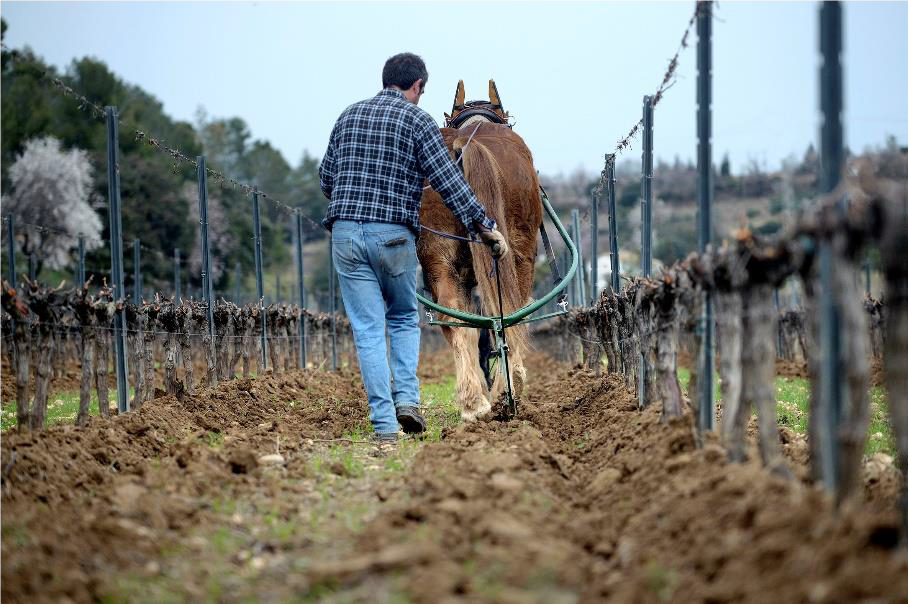
[[{"fid":"21719","view_mode":"default","fields":{"format":"default","alignment":"","field_file_image_alt_text[und][0][value]":false,"field_file_image_title_text[und][0][value]":false},"type":"media","field_deltas":{"4":{"format":"default","alignment":"","field_file_image_alt_text[und][0][value]":false,"field_file_image_title_text[und][0][value]":false}},"link_text":null,"attributes":{"height":604,"width":908,"style":"width: 500px; height: 333px;","class":"media-element file-default","data-delta":"4"}}]]Tillage is kept to a minimum in favor of cover crops, but occasionally we till the soil around the trunk of the vine if the plants need greater access to the available water supply
Reforestation of woodlands and hillsides, mainly by planting pines, thyme, and rosemary as a way of preventing erosion and increasing biodiversity.
Maintaining a landscape mosaic goes beyond aesthetics. In addition to vineyards, we cultivate other crops on our estates (grains and olive groves, mostly) which preserve the specific landscape and life of each site. Birds, insects, small mammals, amphibians, and a whole world of flora depend on each other to nourish the food chain that gives us life...and wine. Understanding and maintaining their respective habitats isn't an option—for those of us who live off the land, it is a responsibility.
